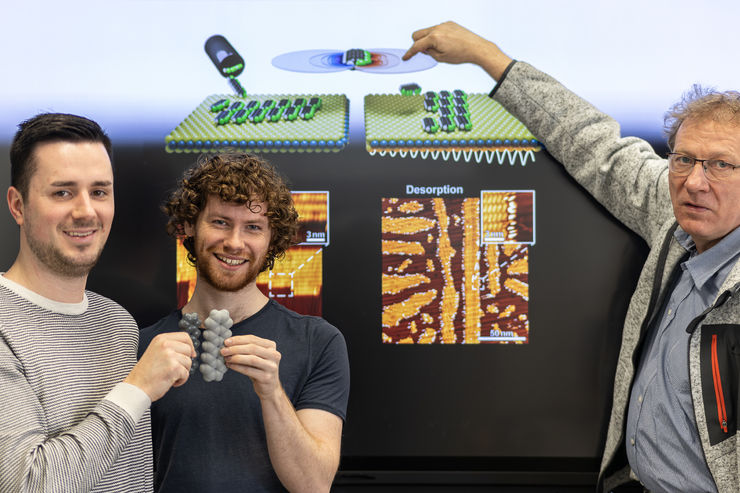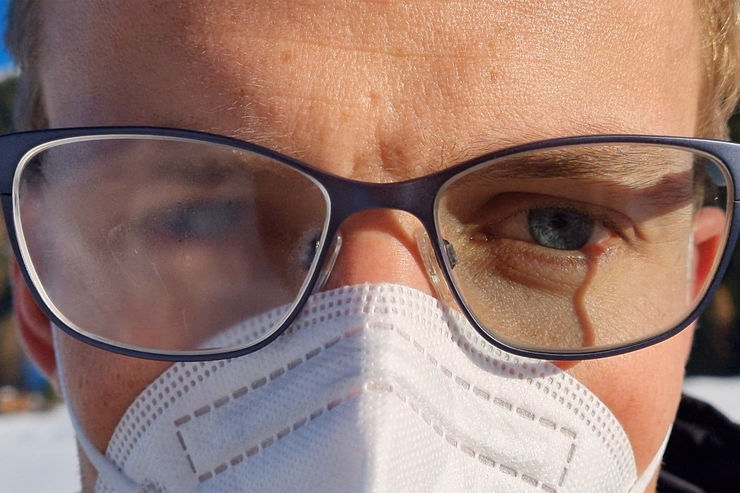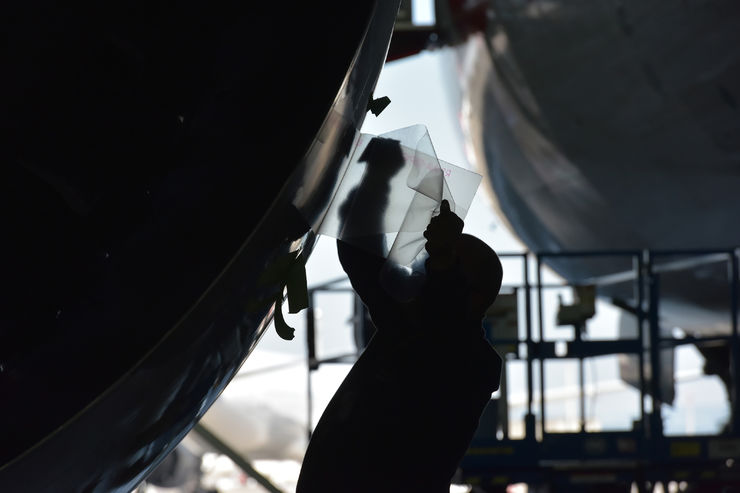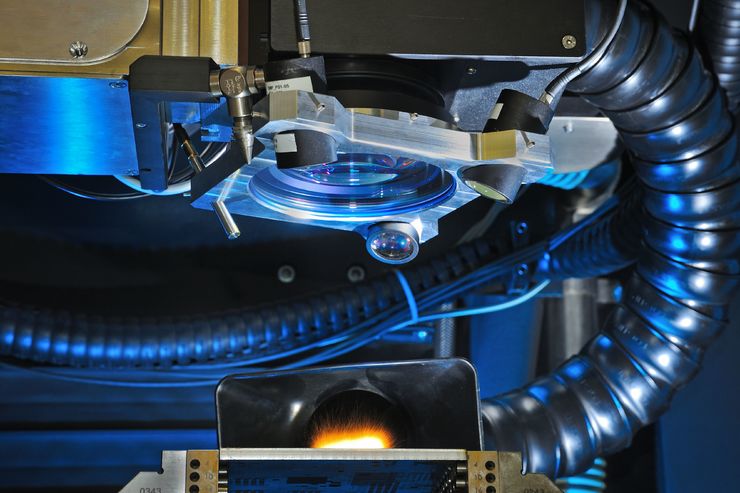The self-assembly of special molecules is sufficient to grow nanolayers in a targeted manner. This is what a Marburg research team from physics and chemistry has discovered. "Our study pursues the goal of identifying ordering mechanisms in order to use them to determine the shape of molecular nanosheets," explains Marburg physicist Professor Dr. Gregor Witte, the leader responsible for the current study. One way to produce nano-structures is to fix thin molecular layers to a substrate by means of chemical bonds. "This allows the fabrication of porous networks or nanoribbons. However, such structures are rigid and cannot be reshaped because of the strong bonds to the substrate," points out Witte's doctoral student Maximilian Dreher, who studied the structures using high-resolution probe microscopy. An alternative, which has hardly been studied so far, is to rely on weak interactions between molecules. "In nature, there are manifold self-organization processes that are based on such weak interactions," emphasizes chemist Professor Dr. Ulrich Koert. As one of the best-known examples, he cites the hereditary substance DNA, whose two opposing strands adhere to each other through weak interactions. Koert's chemists provided special molecules whose charge distribution leads to a peculiar arrangement. The team succeeded in depositing layers of these molecules on a support without the molecules forming a chemical bond with the underlying support material. "We found that the way the nano-islands are made determines their shape," Witte reports. "If you thin out less than an entire layer of molecules, the result is a different island shape than if you thin out an entire layer by heating," elaborates Pierre Dombrowski, another doctoral student in Witte's lab who has theoretically analyzed this ordering process. "Thus, by appropriate design of the molecules, it is possible to control the shape of two-dimensional molecular islands whose shape is not determined by chemical attachment to the substrate, allowing novel structuring of molecular nanosystems," Witte concludes. Professor Dr. Gregor Witte heads a research group on molecular solid-state physics at Philipps University. Professor Dr. Ulrich Koert teaches organic chemistry in Marburg. Both belong to the Marburg Collaborative Research Center "Structure and Dynamics of Internal Interfaces" (SFB 1083) of the German Research Foundation, which provided financial support for the underlying scientific work. The scientists involved report on their findings in the scientific journal "Nature Communications".
Autor(en): wi







